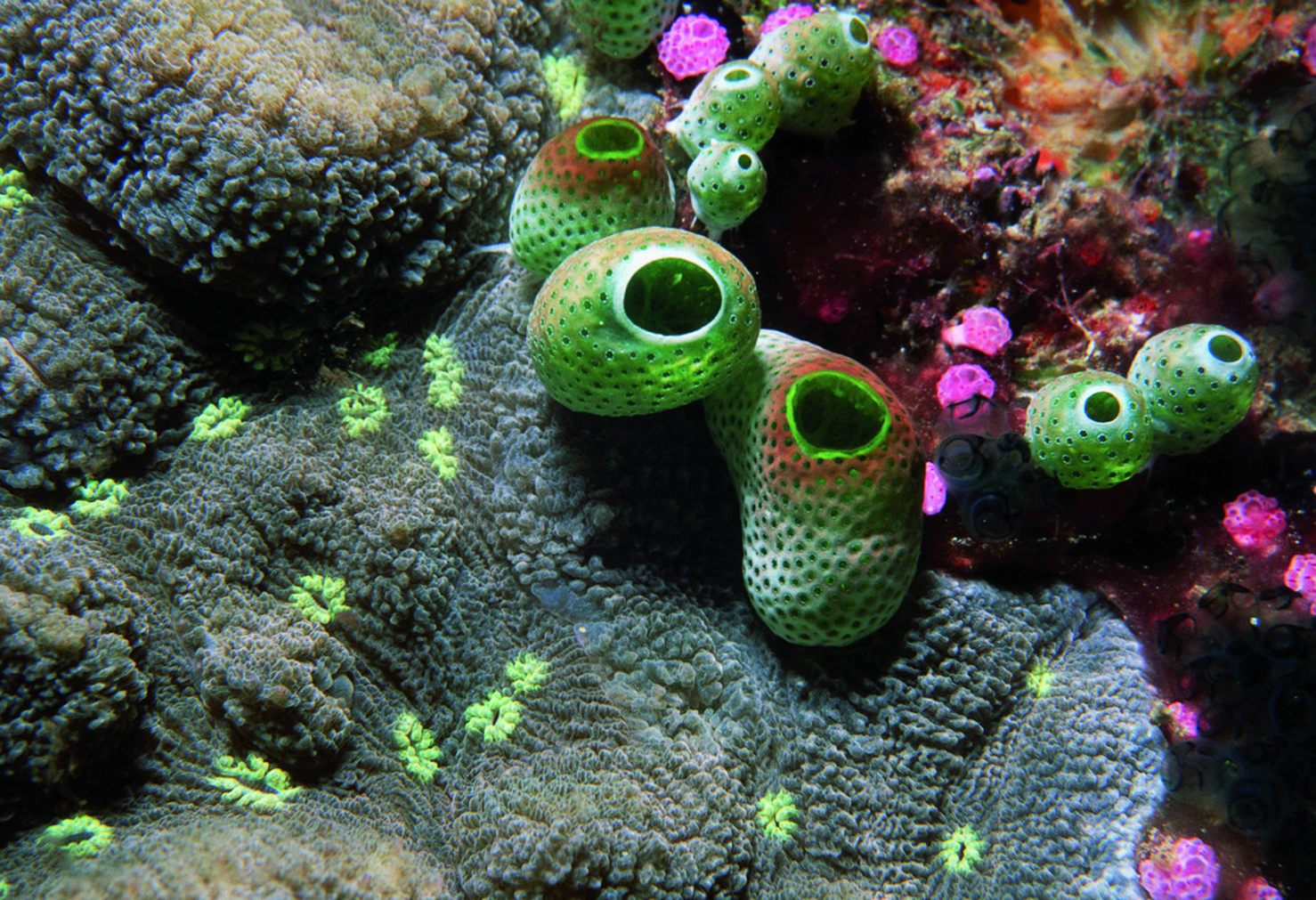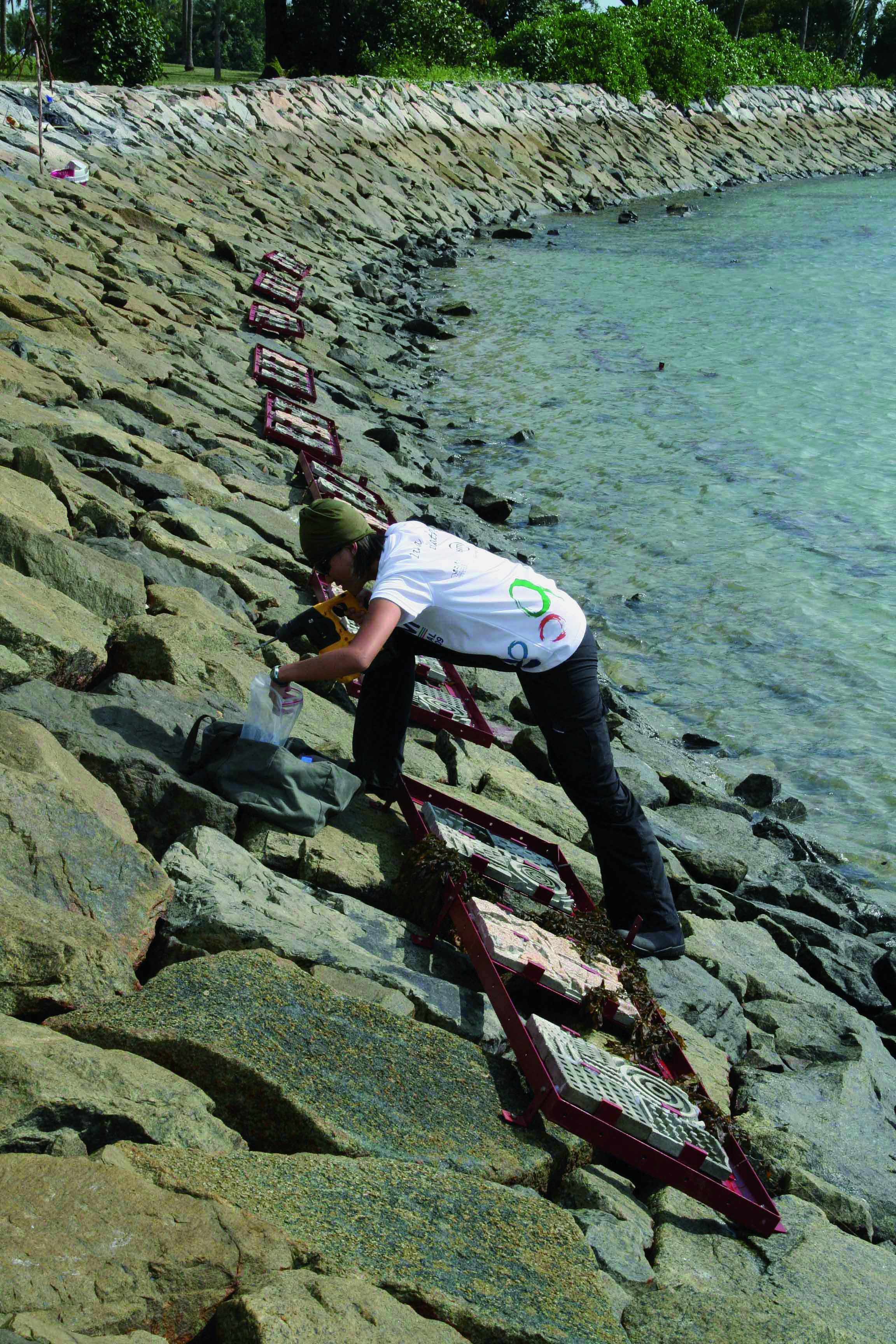In its push for economic development, the island state of Singapore embarked on an extensive programme of land reclamation that has increased its land area by almost 20%. At the same time, many coastal ecosystems have declined or even disappeared.
To prevent further damage to the environment, the government has introduced strict regulations for the design and construction of marine infrastructure projects.
One-year monitoring project
A cornerstone of the Building with Nature approach involves detailed analyses of physical, ecological and social systems. In tropical areas, the analyses involve assessments of how coral reefs, seagrass meadows and mangroves respond to changes in turbidity and sedimentation. Once the effects of such changes have been estimated, it will be possible to adjust both the design of a project and its execution in order to minimise the environmental impact.

In Singapore, the researchers have carried out field and laboratory experiments with seagrass and corals to identify and quantify these relationships, and they began a one-year project to monitor changes in physical and ecological conditions at three coral reefs off the Singapore coast. The team has also developed a generic Interactive Dredging Tool to support the design and evaluation of dredging operations.
Multifunctional coastal protection
In addition to protection, it is also important to encourage the development and use of ecosystems to provide multifunctional coastal protection. Coral reefs, seagrass meadows and mangroves, either alone or in combination, may provide natural and effective ways to prevent coastal erosion alongside other ecosystem services such as water filtration and opportunities for fisheries and leisure activities.
Creating specific conditions
Designing ecosystem-based coastal protection of this kind is far from straightforward because ecosystems need specific conditions in order to be established successfully and survive. The challenge is to identify which of these conditions are missing and how they can be created in the design.
East Coast Park
The Building with Nature team has launched a pilot project to design a multifunctional coastal protection scheme in the East Coast Park area of Singapore. This area of the coast is threatened by erosion, and the seagrass beds and coral reefs offshore are limited in size. The envisaged design solution should mitigate coastal erosion, enhance the potential for leisure activities and strengthen biodiversity, while also taking into account the proximity of busy shipping lanes and housing developments.
Habitat-promoting tiles
In a densely populated area such as Singapore, it is not always possible to use natural ecosystems for coastal protection. Hard structures such as seawalls or breakwaters may be used that are not suitable for colonisation by marine species. Our researchers tested a variety of habitat-promoting tiles on two seawalls to see if these structures can be made more attractive by providing for a variety of microhabitats.
Preliminary studies have shown that smart designs indeed can promote biodiversity. The researchers have now developed software for designing tiles of varying complexity, a key factor for biodiversity on hard substrates.

Guidelines and tools
The Singapore project team has generalised the experiences and preliminary findings from the field experiments, and has developed the knowledge below, which is available in the Building with Nature Guideline. The team also developed software to help design tiles that can be mounted on seawalls and other hard structures to promote biodiversity.
Building with Nature Guideline
Contact

